Home>Garden Essentials>How Was Astro Turf Named
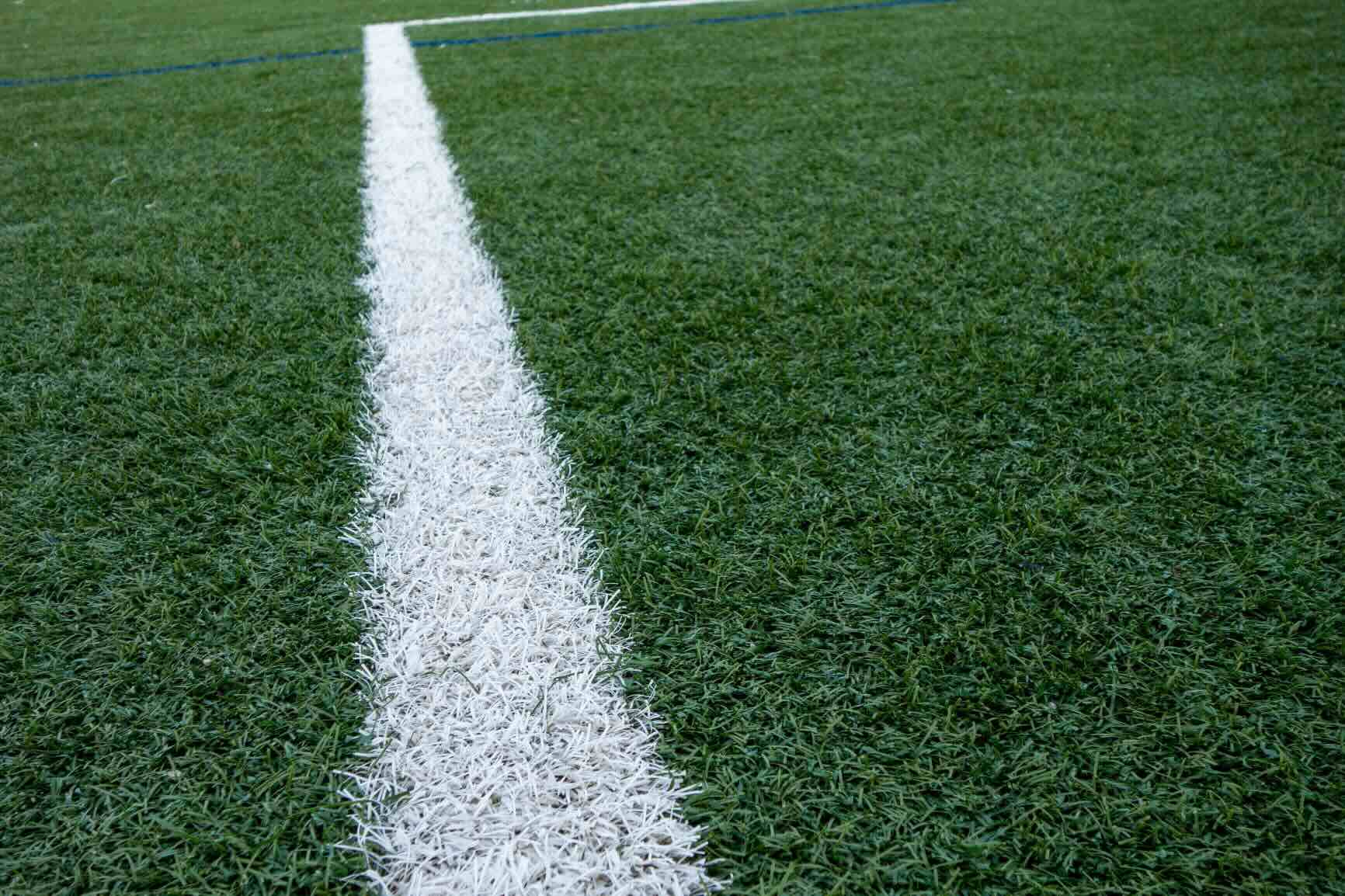

Garden Essentials
How Was Astro Turf Named
Modified: September 1, 2024
Discover the fascinating story behind the name "Astro Turf" and how it revolutionized the way we enjoy our garden spaces.
(Many of the links in this article redirect to a specific reviewed product. Your purchase of these products through affiliate links helps to generate commission for Storables.com, at no extra cost. Learn more)
Introduction
Welcome to the fascinating world of gardening! Whether you’re a seasoned gardener or just starting out, there’s always something new to learn and explore. In this article, we will delve into the captivating history and evolution of Astro Turf, a revolutionary product that has transformed the way we think about gardens and outdoor spaces.
Gardening has always been a favorite pastime for many individuals, offering an opportunity to connect with nature and cultivate beautiful landscapes. Traditional grass lawns have long been the go-to choice for homeowners, providing a lush and inviting atmosphere. However, maintaining natural grass can be both time-consuming and challenging, especially in regions with extreme weather conditions or limited access to water. This is where synthetic grass, commonly known as Astro Turf, comes into play.
Astro Turf is a durable and low-maintenance alternative to natural grass, offering a year-round green and pristine appearance without the need for constant watering, mowing, or fertilizing. Its versatility and ease of installation have made it a popular choice for a wide range of applications, including sports fields, residential gardens, commercial landscapes, and recreational areas.
But have you ever wondered why it’s called “Astro Turf”? What’s the story behind its unique and catchy name?
To understand the origins of the name, we need to travel back in time to the 1960s when Astro Turf was first introduced to the world. At that time, a company named Monsanto, a leader in chemical and agricultural products, developed a groundbreaking synthetic grass surface that was intended for use in sports stadiums.
The creators of this innovative product sought a name that not only highlighted its artificial nature but also emphasized its association with the space-age era. The term “astro,” deriving from the word “astronomy,” resonated with the futuristic and otherworldly qualities that the creators envisioned for their product.
The word “turf,” on the other hand, has long been associated with grassy surfaces, both natural and artificial. Hence, combining “astro” and “turf” created the catchy and memorable name “Astro Turf,” which perfectly encapsulated the essence of this synthetic grass.
Little did the creators know that their creative naming would go on to become synonymous with artificial grass surfaces, revolutionizing the landscaping industry and redefining the way we view outdoor spaces.
In the next section, we will dive deeper into the creation of the name and the factors that contributed to its popularity and widespread adoption.
Key Takeaways:
- Astro Turf, a synthetic grass, got its name from the futuristic “astro” and the familiar “turf,” symbolizing its artificial yet grassy nature. It revolutionized landscaping with low maintenance and durability.
- Astro Turf’s evolution brought realistic textures, eco-friendly materials, and even “smart” surfaces. It changed outdoor spaces, offering a lush, hassle-free lawn and sustainable sports surfaces.
Read more: How To Cut Astro Turf
Origins of Astro Turf
The story of Astro Turf originates in the mid-20th century when there was a growing demand for a durable and low-maintenance alternative to natural grass. Traditional grass surfaces were often impractical for sports stadiums due to their high maintenance requirements and susceptibility to wear and tear.
In the late 1950s, a team of researchers working for the Monsanto Company set out to develop a synthetic grass surface that would be suitable for sports fields. Led by chemist James M. Faria and textile engineer Robert T. Wright, the team experimented with various materials and techniques to create a durable and realistic artificial turf.
Their efforts paid off in 1965 when they introduced the first version of Astro Turf, which was initially installed in the Astrodome, a state-of-the-art indoor stadium in Houston, Texas. This revolutionary surface offered several advantages over natural grass, including its ability to withstand heavy foot traffic, resist damage from weather conditions, and provide consistent playing conditions.
The initial version of Astro Turf consisted of a layer of short, green nylon fibers attached to a hard surface, which was laid over a cushioning material to provide some level of shock absorption. Although it didn’t exactly replicate the look and feel of natural grass, it offered a practical solution for sports fields, enabling athletes to play on a consistent surface regardless of the weather conditions.
Due to its success at the Astrodome, Astro Turf quickly gained popularity and became the go-to choice for many sports stadiums across the United States and eventually around the world. This marked the beginning of a new era in the world of sports, as synthetic turf surfaces offered enhanced playability and extended the usability of stadiums.
From there, the use of Astro Turf expanded beyond sports stadiums. Its durability, low maintenance requirements, and ability to withstand heavy foot traffic made it an ideal solution for residential and commercial landscapes as well. Homeowners who struggled to maintain natural grass lawns or those who lived in arid regions where water was scarce found Astro Turf to be a practical and aesthetically pleasing alternative.
Over the years, advancements in technology and materials have led to the development of more realistic and sophisticated versions of Astro Turf. Modern synthetic grass surfaces now closely mimic the texture and appearance of natural grass, offering an almost indistinguishable feel underfoot.
In the next section, we will explore the intriguing story behind the creation of the name “Astro Turf” and the factors that contributed to its influence and popularity.
Creation of the Name
The process of naming a product is often a combination of creativity, marketing strategy, and a desire to convey its unique attributes. When it came to naming the revolutionary synthetic grass surface developed by Monsanto, the creators wanted a name that would capture its artificial nature and futuristic appeal.
The term “astro” was chosen as the first part of the name, drawing inspiration from “astronomy” and the fascination with space and the future that permeated the 1960s. The creators wanted to evoke a sense of modernity and innovation, aligning their product with the spirit of the times.
The second part of the name, “turf,” was a deliberate choice to connect the artificial surface to the concept of traditional grass. The word “turf” has long been associated with grassy areas, whether natural or artificial, making it a familiar term that people could easily identify with.
By combining “astro” and “turf,” the creators arrived at the name “Astro Turf.” This name cleverly hints at the artificial nature of the product while also establishing its connection to grass surfaces that are typically associated with outdoor environments.
The name “Astro Turf” proved to be memorable and catchy, instantly capturing the attention of the public. It successfully conveyed the futuristic appeal of the product, making it synonymous with synthetic grass surfaces. As a result, the name Astro Turf became the industry standard and remains widely recognized today.
The original intention behind the name was to market the product primarily for sports surfaces. However, as the popularity of Astro Turf grew, its applications expanded to include residential gardens, commercial landscapes, playgrounds, and even indoor spaces. The name’s versatility allowed it to encompass a wide range of settings and uses.
Throughout the years, the name Astro Turf has become so deeply ingrained in our collective consciousness that it’s often used generically to refer to any synthetic grass surface, similar to how “Kleenex” is used to describe facial tissue. This speaks to the incredible impact and influence that Astro Turf has had on the landscaping industry.
The success of the name’s creation can be attributed not only to its clever and distinctive composition but also to the product’s exceptional quality and performance. Astro Turf revolutionized the way we approach outdoor spaces, offering a practical and visually appealing solution for those seeking a low-maintenance alternative to natural grass.
Next, we’ll explore the influence and popularity of Astro Turf over the years, as well as its evolution as a product.
The term “Astro Turf” was named after the Houston Astrodome, the first sports stadium to use the artificial turf in 1966. The name was a combination of “Astro” from the stadium’s name and “Turf” to indicate it was a synthetic surface.
Influence and Popularity
Since its introduction, Astro Turf has had a significant impact on the landscaping industry and has gained immense popularity worldwide. Its numerous benefits, combined with its visually appealing appearance, have contributed to its widespread adoption in various settings.
One of the key factors that have influenced the popularity of Astro Turf is its low-maintenance nature. Unlike natural grass, it doesn’t require mowing, watering, or fertilizing. This makes it an attractive option for those who want to enjoy a vibrant green lawn without the time and effort typically involved in its upkeep.
Astro Turf also offers exceptional durability, making it an ideal choice for high-traffic areas such as sports fields, playgrounds, and recreational parks. Its ability to withstand heavy use without becoming damaged or worn out has made it a favorite surface for athletes and active individuals.
Furthermore, Astro Turf is weather-resistant, allowing it to maintain its lush green appearance regardless of the climate. It can withstand extreme heat, cold, and even heavy rainfall without losing its vibrancy or becoming waterlogged like natural grass.
Another significant factor contributing to the popularity of Astro Turf is its water conservation benefits. In areas where water resources are limited or during times of drought, maintaining a natural grass lawn can be environmentally irresponsible. Astro Turf provides a sustainable alternative, reducing water consumption and promoting responsible water use.
The versatility of Astro Turf is also worth mentioning. It can be customized to fit a variety of needs and applications. From backyard gardens and rooftop terraces to sports stadiums and commercial landscapes, Astro Turf can be installed in virtually any space. This adaptability has made it a sought-after option for both residential and commercial projects.
Moreover, Astro Turf has played a significant role in transforming the world of sports. The introduction of synthetic grass surfaces has revolutionized the way sports are played, allowing for consistent and reliable playing conditions regardless of the weather. This has led to improved performance, reduced injury risks, and enhanced spectator experiences.
The popularity of Astro Turf has not only influenced the landscaping industry but has also sparked innovation and competition in the market. Over the years, manufacturers have continuously improved the quality and realism of synthetic grass, introducing new technologies and advanced materials to provide surfaces that closely resemble natural grass.
From its humble beginnings in the 1960s, Astro Turf has become a household name, symbolizing the convenience, durability, and beauty of synthetic grass. Its influence can be felt in both the sporting world and residential landscapes, where it has become a go-to solution for those seeking a hassle-free and visually appealing lawn.
As we move forward, we will explore the evolution of Astro Turf and the advancements that have been made in synthetic grass over the years.
Evolution of Astro Turf
Since its inception, Astro Turf has undergone significant evolution and advancements, marking a continuous improvement in the quality and realism of synthetic grass surfaces. Manufacturers have dedicated years of research and development to enhance its performance, durability, and aesthetic appeal.
Early versions of Astro Turf consisted of short, green nylon fibers attached to a hard surface, providing a practical alternative to natural grass. However, as demand grew and technology advanced, the need for surfaces that closely resembled real grass became apparent.
Today’s Astro Turf is far more sophisticated, featuring longer fibers and varied blade shapes to mimic the texture and appearance of natural grass. With the use of advanced materials and techniques, synthetic grass has become more realistic, providing a visually appealing alternative to traditional lawns.
One key advancement in the evolution of Astro Turf is the introduction of infill materials. Infill helps support the fibers, adds stability, and improves shock absorption. Early versions of Astro Turf were lacking in this aspect, but with the addition of infill materials such as rubber or sand, the playing experience became more comfortable and safe.
In recent years, the industry has further refined Astro Turf by introducing alternative infill options, such as eco-friendly materials like cork or coconut fibers. These innovations aim to provide a more sustainable and natural playing surface while maintaining the durability and performance required for sports and recreational activities.
Furthermore, advancements in drainage systems have made contemporary Astro Turf highly efficient in handling water. Integrated beneath the surface, drainage systems prevent water accumulation, allowing for quick drainage and minimizing the risk of surface puddling. This ensures that the playing surface remains safe and usable even after heavy rain.
The evolution of Astro Turf has not only focused on performance improvements but also on environmental sustainability. Manufacturers have made strides in producing eco-friendly synthetic grass by incorporating recycled materials and reducing their impact on the environment.
In recent years, technological innovations have led to the development of “smart” Astro Turf. Integrating sensors within the surface allows for real-time data collection, which can be used to monitor various factors such as temperature, moisture levels, and even player performance. This data can then be used to optimize playing conditions and ensure the longevity of the turf.
As technology continues to advance, the future of Astro Turf holds even more exciting possibilities. Research is being conducted to develop self-healing surfaces, where minor damages or wear and tear can be automatically repaired, extending the lifespan of the turf.
Additionally, advancements in color pigmentation and UV-resistant materials have made Astro Turf more resistant to fading and discoloration. This ensures that the surface retains its vibrant green color over an extended period, further enhancing its visual appeal.
The evolution of Astro Turf has undoubtedly contributed to its continued popularity and increased demand across various industries. It has become a go-to solution for homeowners, sports organizations, and landscape professionals who prioritize low maintenance, durability, and a visually appealing outdoor space.
As we conclude this article, it’s clear that Astro Turf has left an indelible mark on the landscaping industry, forever changing the way we approach outdoor spaces and offering a practical and sustainable alternative to traditional grass lawns.
Read more: How To Install Astro Turf On Dirt
Conclusion
Astro Turf, the groundbreaking synthetic grass surface, has revolutionized the world of landscaping and outdoor spaces since its introduction in the 1960s. From its origins in sports stadiums to its widespread adoption in residential and commercial landscapes, Astro Turf has become a popular choice for those seeking a low-maintenance and visually appealing alternative to natural grass.
The creation of the name “Astro Turf” was a stroke of genius, combining the futuristic and otherworldly connotations of “astro” with the familiar term “turf” associated with grassy areas. This catchy and memorable name perfectly encapsulated the artificial nature of the product while establishing its connection to the traditional concept of grass surfaces.
Over the years, Astro Turf has influenced and shaped the landscaping industry in numerous ways. Its low-maintenance nature, exceptional durability, and water conservation benefits have made it a practical choice for homeowners and commercial property owners alike. Sports organizations have embraced Astro Turf for its ability to provide consistent and reliable playing conditions, improving performance and reducing the risk of injuries.
The evolution of Astro Turf has seen significant advancements in materials, design, and technology. The introduction of infill materials, improved drainage systems, and eco-friendly alternatives have enhanced the performance and sustainability of synthetic grass surfaces. The future holds even more exciting possibilities with advancements such as smart surfaces and self-healing technology.
Through its influence and continuous evolution, Astro Turf has transformed the way we perceive and utilize outdoor spaces. It has provided a solution for those seeking a lush, green lawn without the time and effort required for natural grass maintenance. It has extended the usability of sports stadiums and recreational areas, allowing for consistent playability in any weather condition. It has also contributed to water conservation efforts and promoted environmentally responsible landscaping practices.
As we conclude our exploration of Astro Turf, it’s clear that this innovative synthetic grass has left a lasting impact on the landscaping industry. Its name has become synonymous with artificial grass surfaces, and its benefits have expanded its applications beyond sports fields to include residential gardens, commercial landscapes, and recreational areas.
Whether you’re a sports enthusiast, a homeowner, or a landscape professional, Astro Turf offers a compelling solution that combines functionality, aesthetics, and sustainability. It remains at the forefront of outdoor surface technology, and its future possibilities continue to captivate and inspire.
Frequently Asked Questions about How Was Astro Turf Named
Was this page helpful?
At Storables.com, we guarantee accurate and reliable information. Our content, validated by Expert Board Contributors, is crafted following stringent Editorial Policies. We're committed to providing you with well-researched, expert-backed insights for all your informational needs.
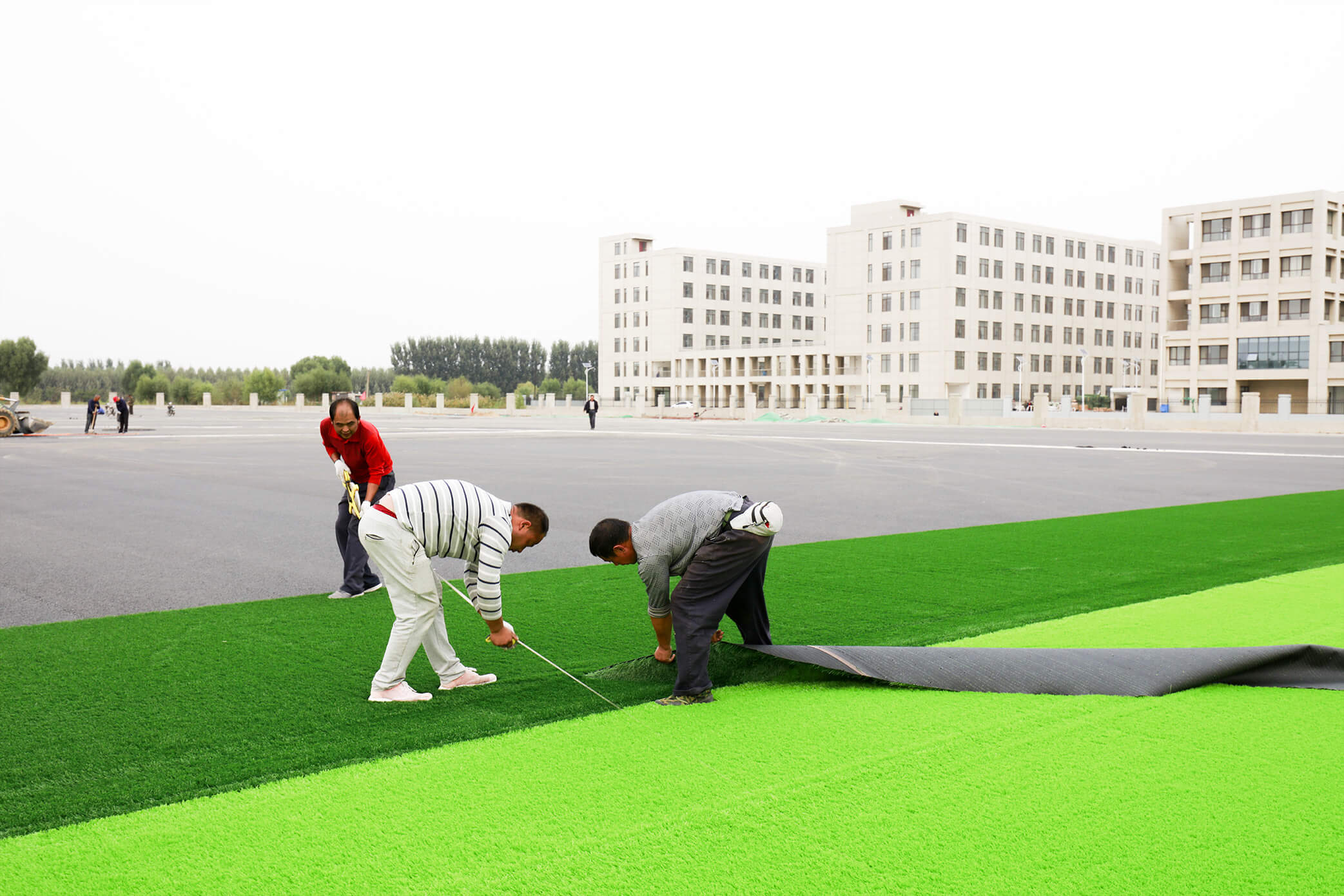
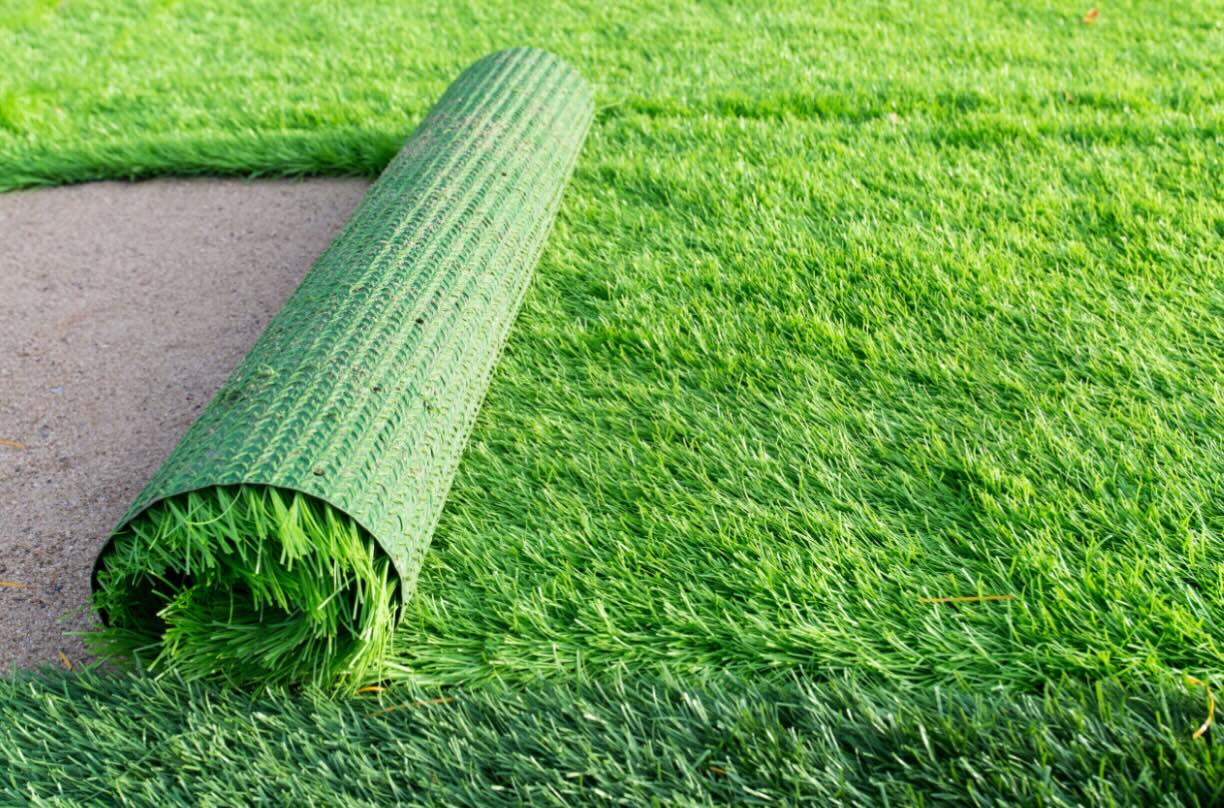
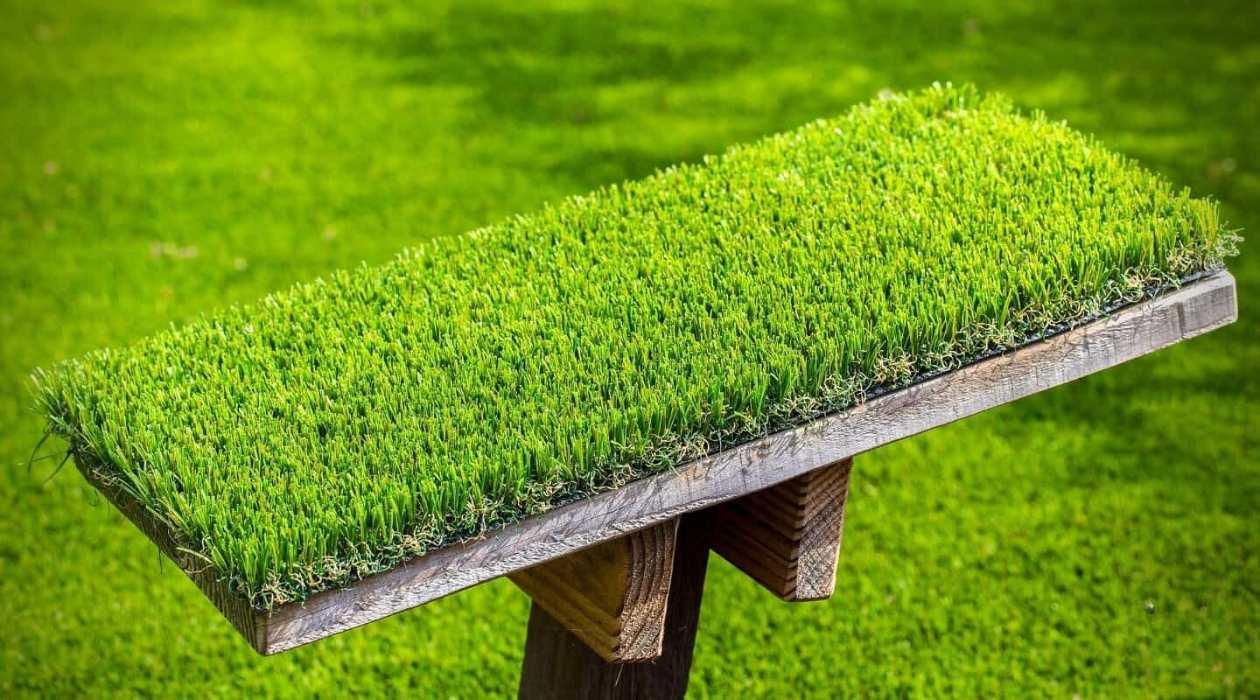
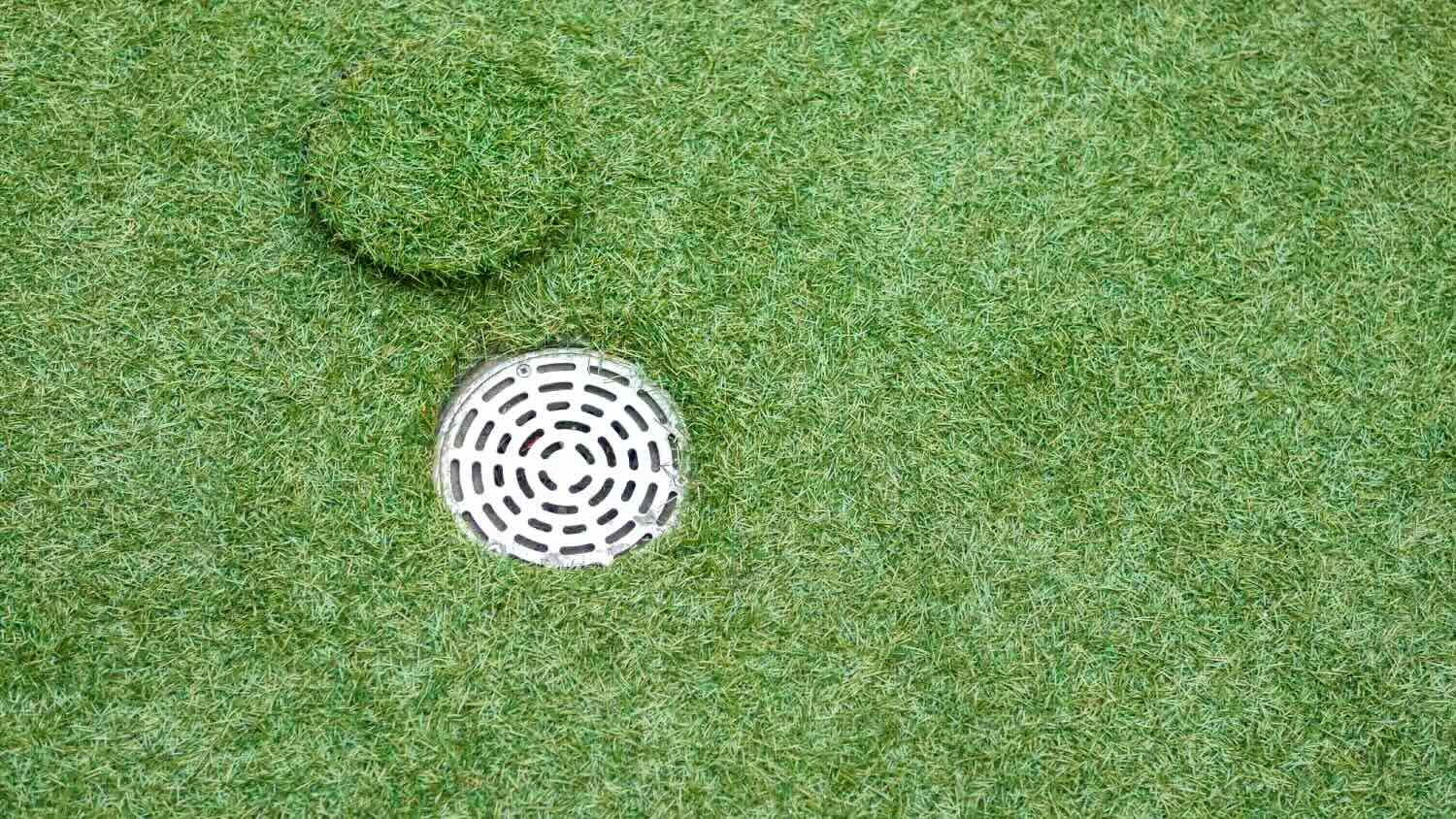
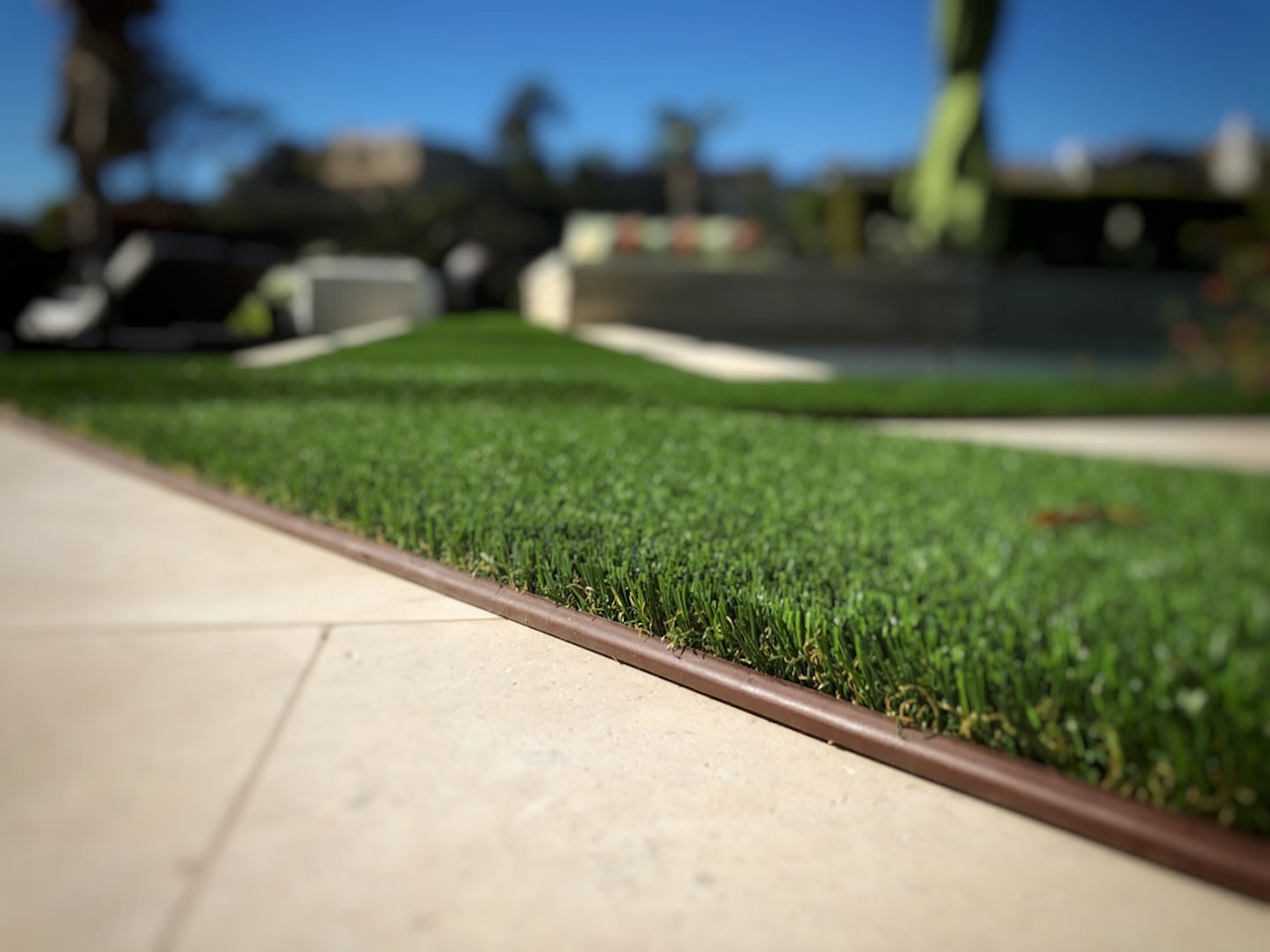
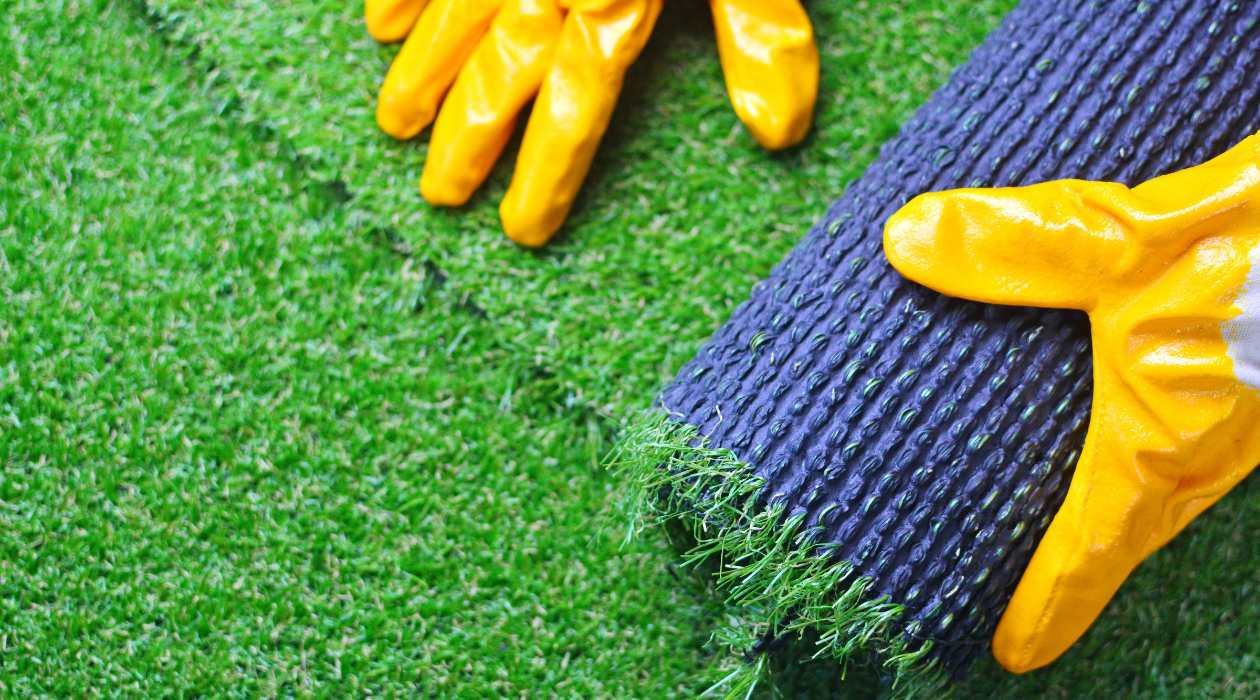

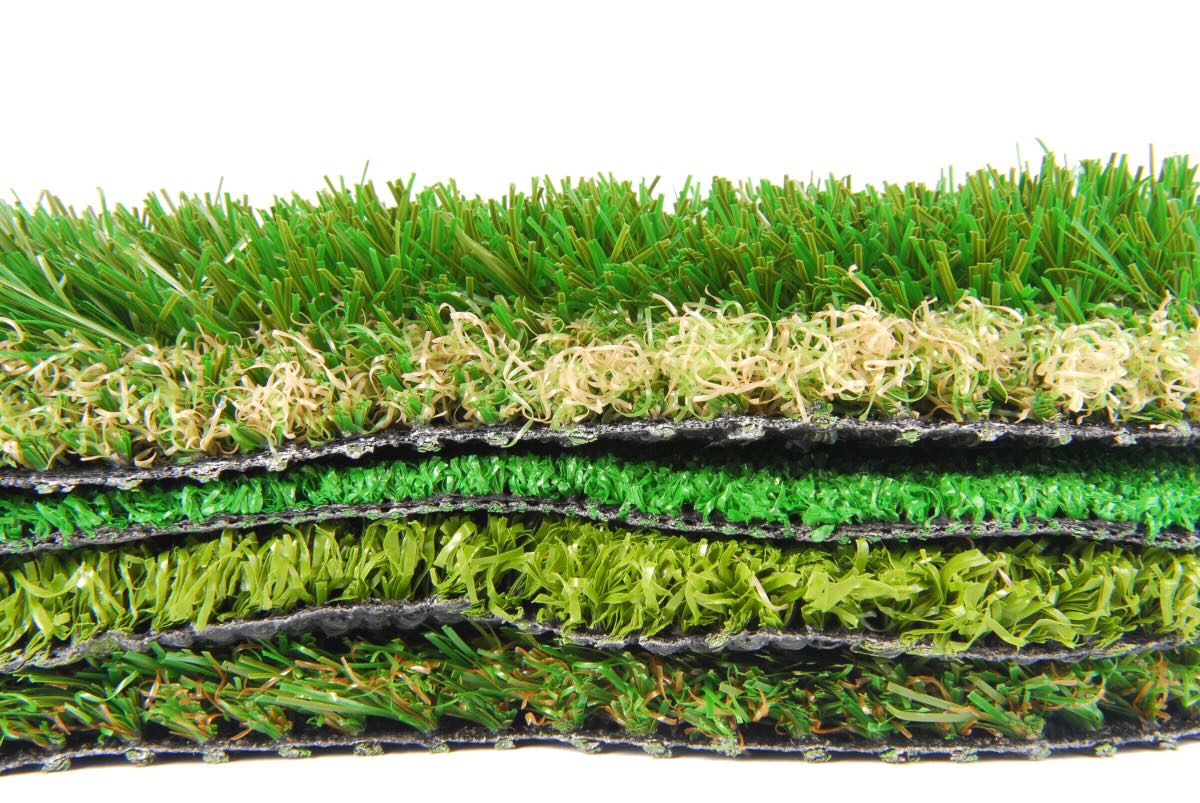
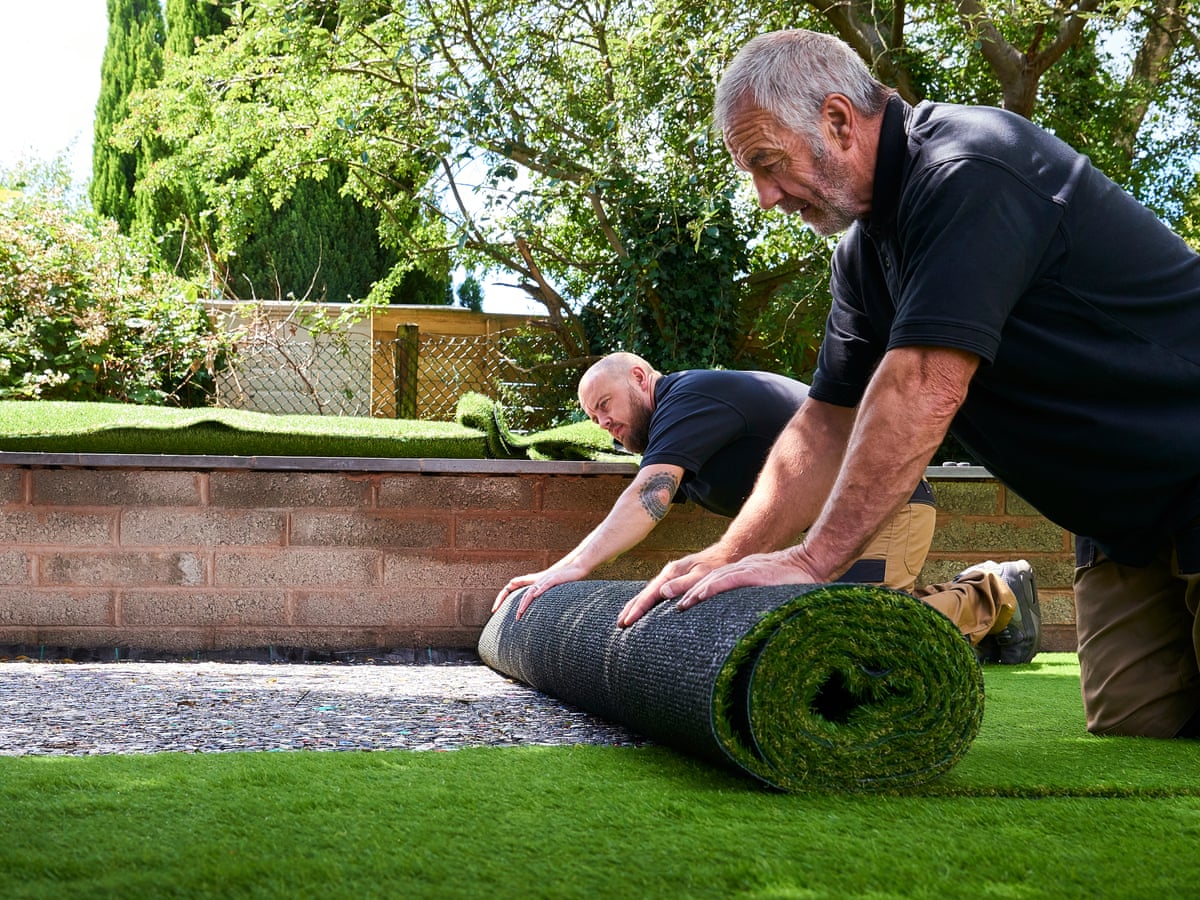
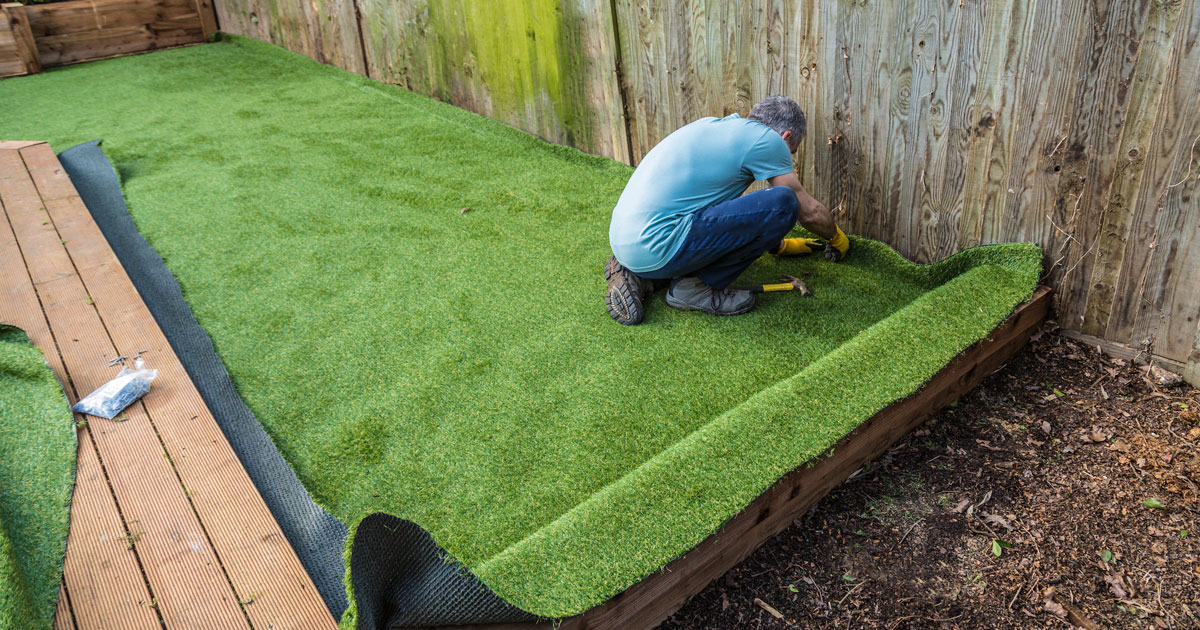
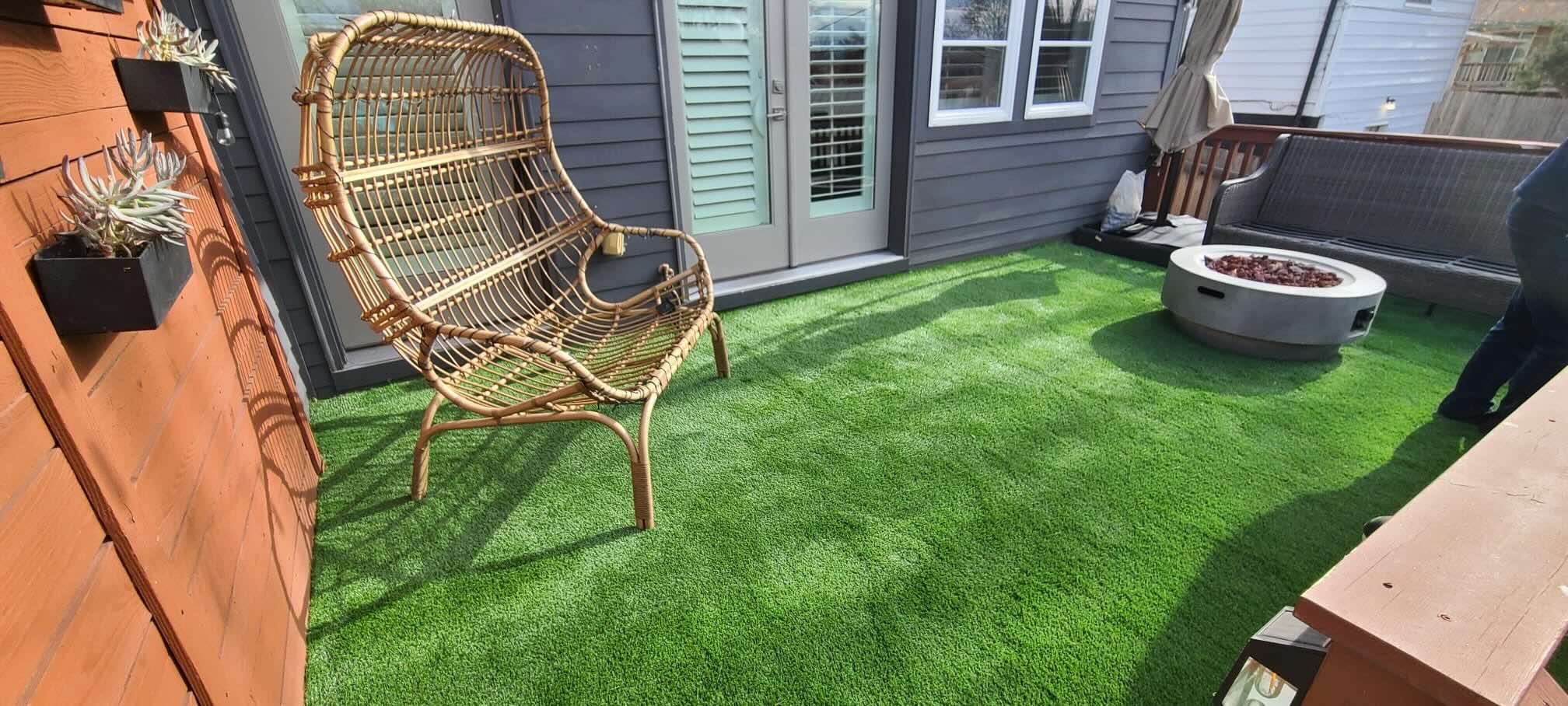
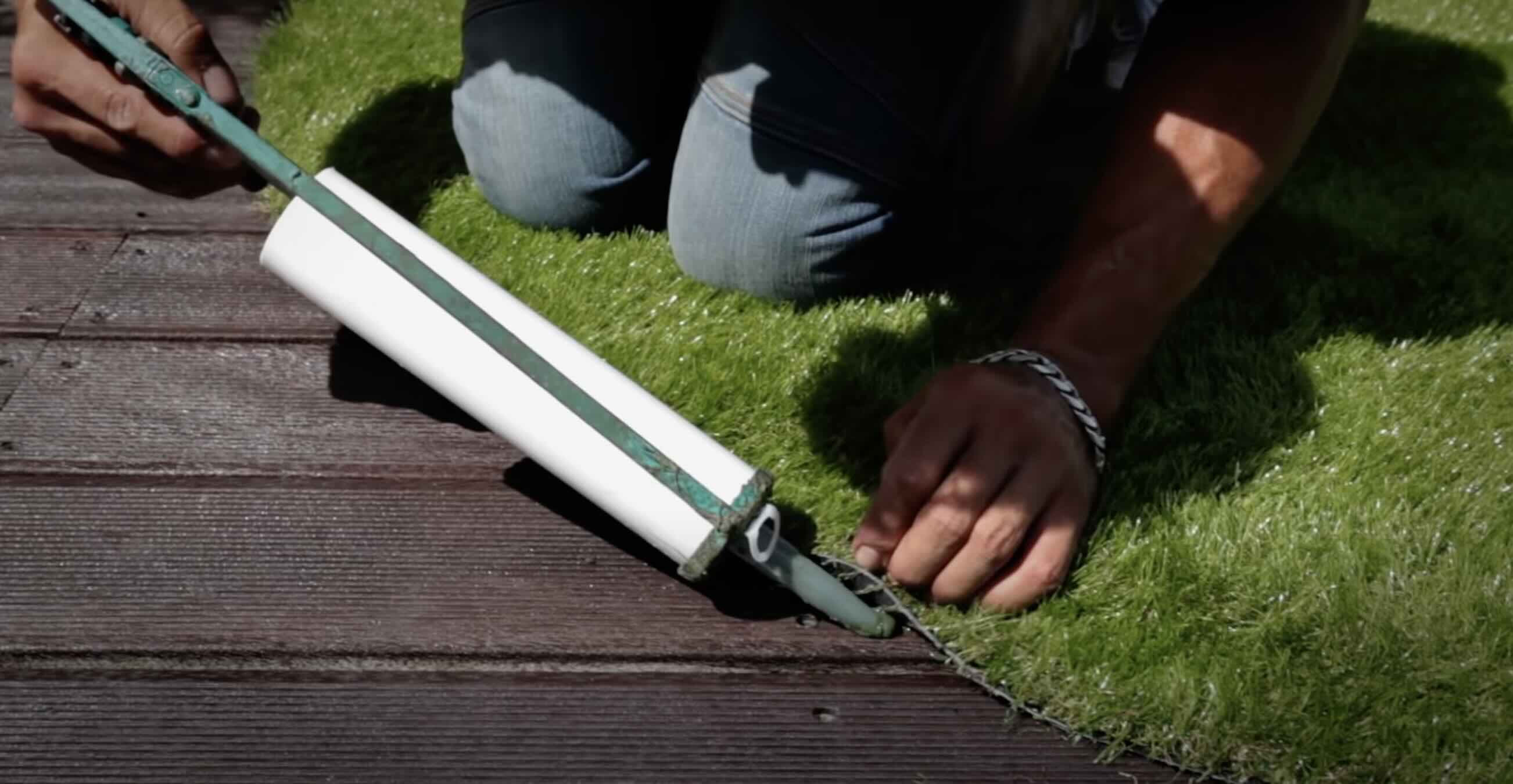
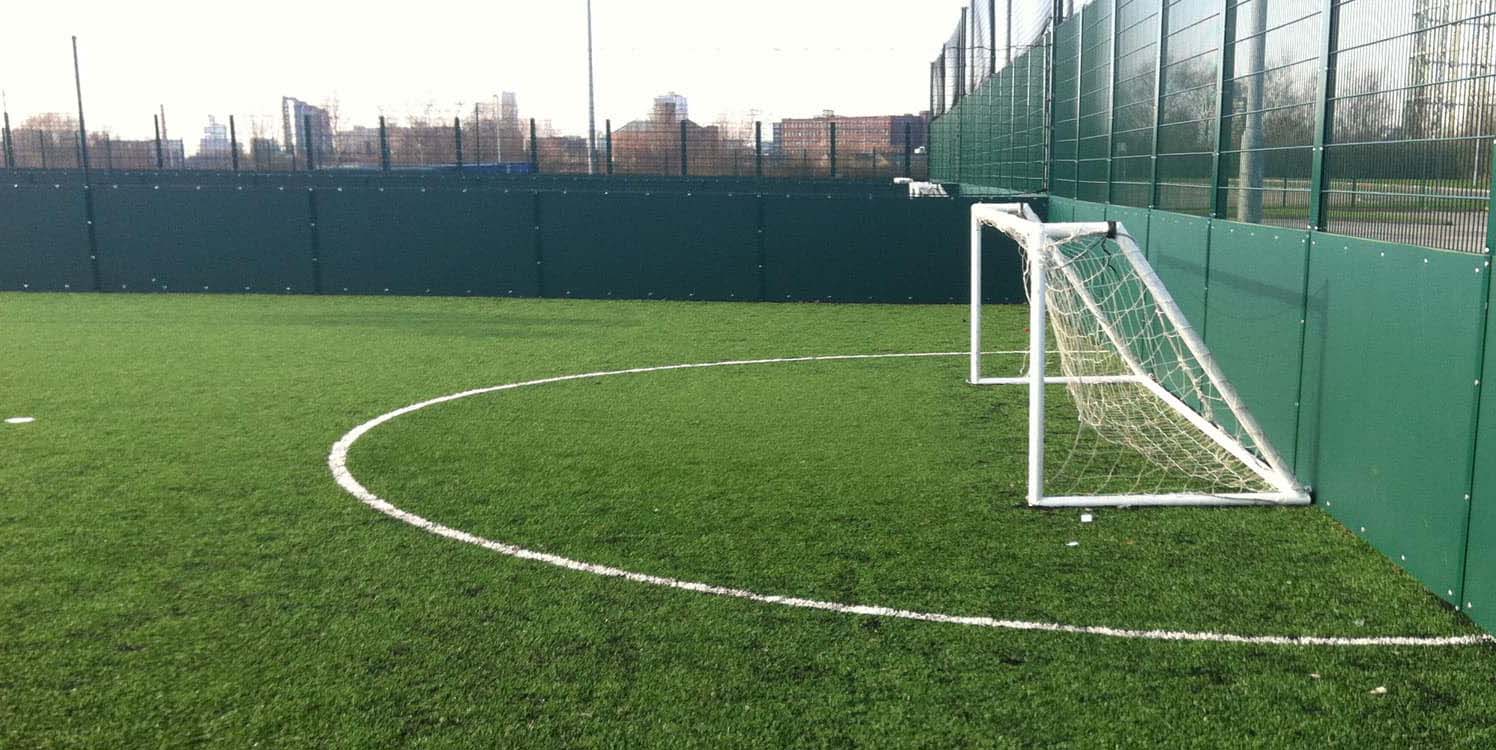
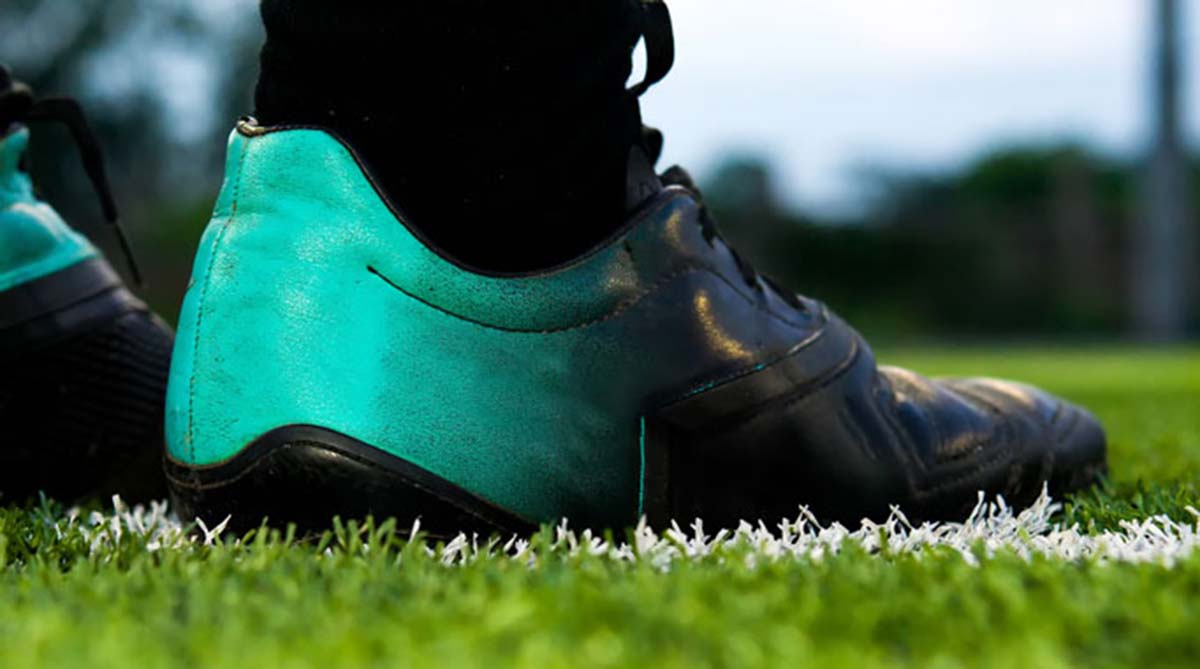

0 thoughts on “How Was Astro Turf Named”